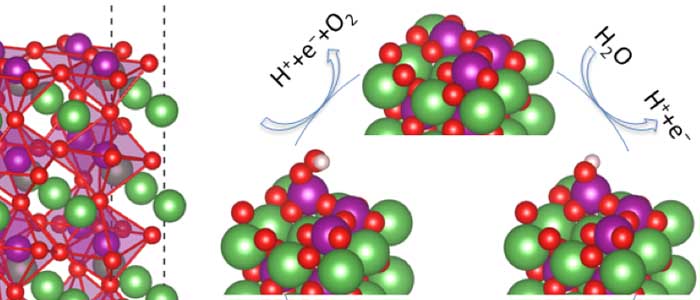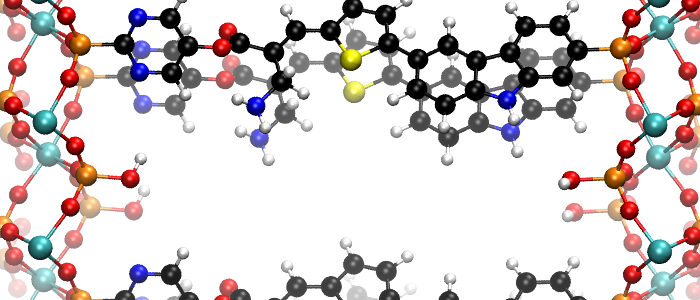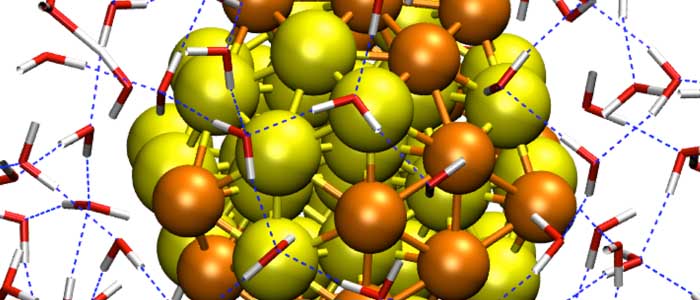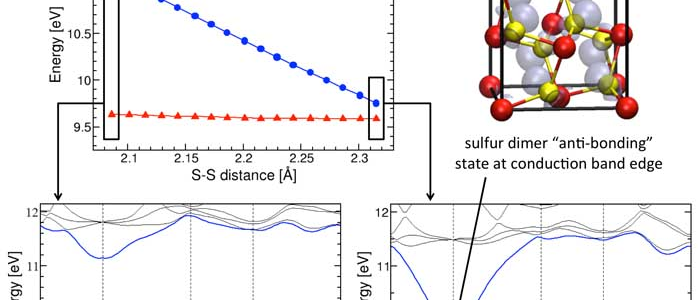Computational Materials Design for Sustainable Energy
Our research is focused on using first-principles computations and atomistic simulations to understand and design multifunctional materials and heterostructures, with a focus on sustainable energy applications such as photovoltaics, photo- and electrochemical water splitting, CO2 capture and conversion, thermoelectrics, and ultra-low power electronics. Trends in system complexity and component scale in each of these areas have made understanding the role of interfaces — the boundaries between different materials or phases — increasingly important for designing and optimizing performance of practical devices. The underlying objectives of our work are thus to develop fundamental synthesis-structure-function-performance relationships for solid-solid and solid-solvent interfaces. Additionally, we are interested in investigating the possibilities of novel physics and chemistry at interfaces, which can lead to creative new tools for tailoring materials behavior from the nanoscale to the macroscale.





